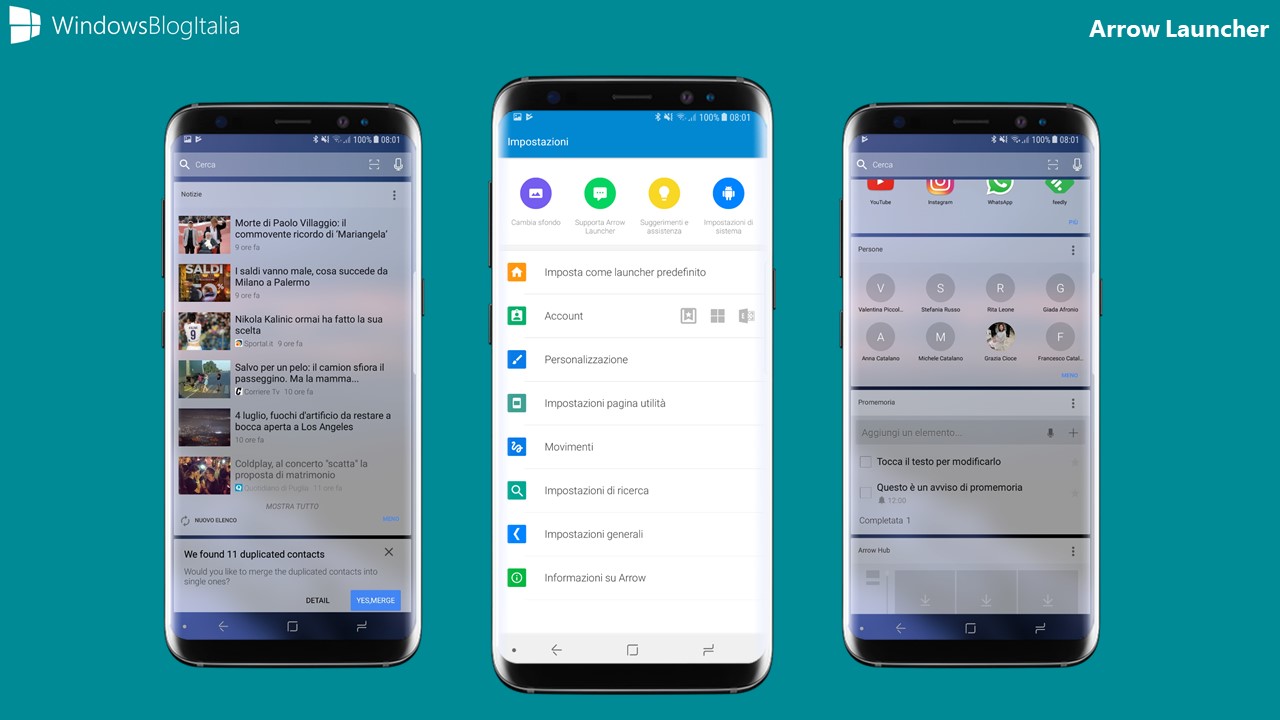

And I think this one weirdness turned people away from Arrow Launcher, meaning they’d never benefit from its other unique features.Īrrow Launcher 2.2-a “MAJOR” update, Microsoft says-finally provides a fully customizable Apps page on the home screen. And while auto-arranging app icons based on which ones are used the most might work for some, many simply prefer to place app icons exactly where they want them. I understand why Microsoft might offer such a thing, but smartphones are very personal devices and users typically want things exactly the way they want them. At that time, I noted the controversial nature of the Apps page provided by Arrow Launcher, as it automatically arranges apps according to usage.
.jpg)
The thinking is similar to that for the original release of Windows phone, where Microsoft is putting the user’s needs at the center of the experience.Īrrow Launcher has received several updates since last year, most notably a 2.0 release in July that added integration with the commercial versions of Office 365 and improved performance. Arrow Launcher doesn’t completely dispense with the grid, but it does think beyond app launching by providing separate pages for apps, people, recent items, reminders, and documents. (Microsoft of course makes numerous mobile apps for Android, but it also makes lock screen replacements, and many of its solution integrate with Android Wear too.)Īrrow Launcher was-and still is-a very innovative take on the Android home screen, which like the iPhone before it presents an unsophisticated grid of icons to the user. Microsoft first launched Arrow Launcher for Android in late October 2015, providing a crucial piece of the full Microsoft experience on Android. Well, not anymore: Now, Microsoft is allowing Arrow Launcher users to fully customize the Apps page on the home screen. I’ve recommended Microsoft’s Arrow Launcher for Android since the first version launched last October, but there’s always been one little gotcha.


 0 kommentar(er)
0 kommentar(er)
